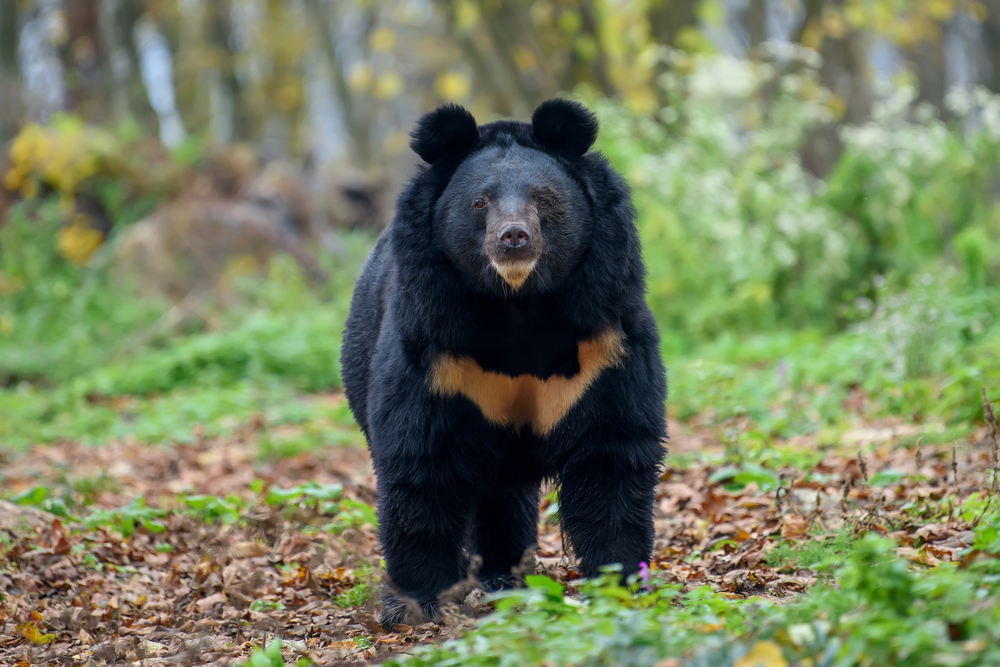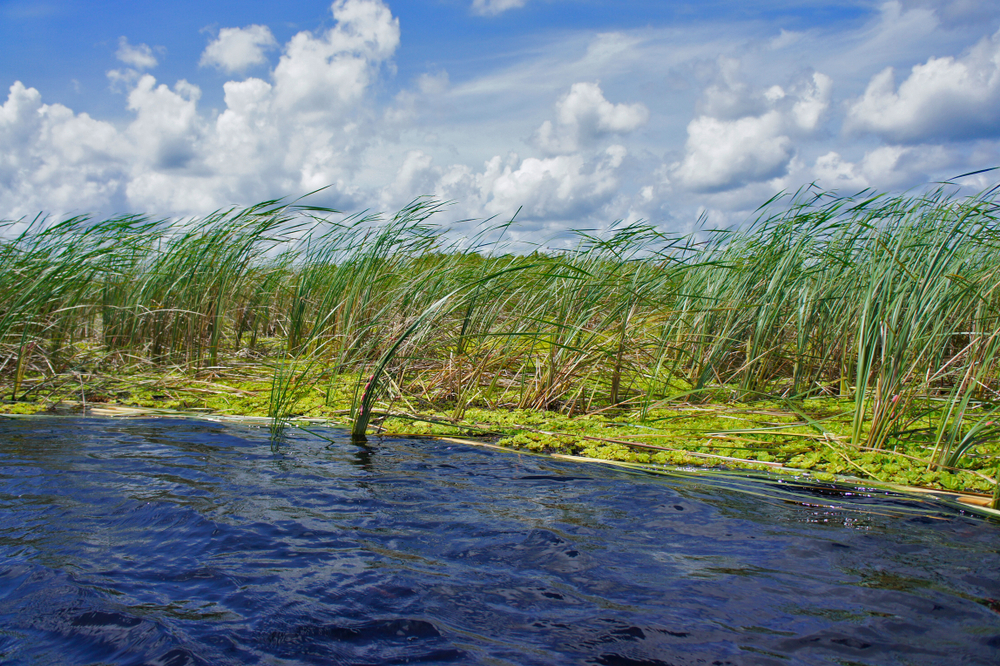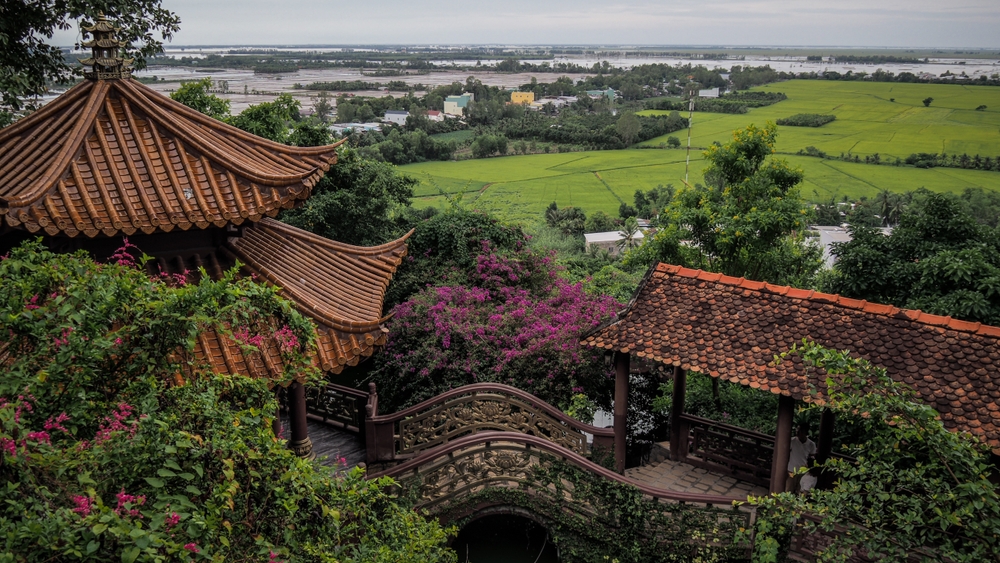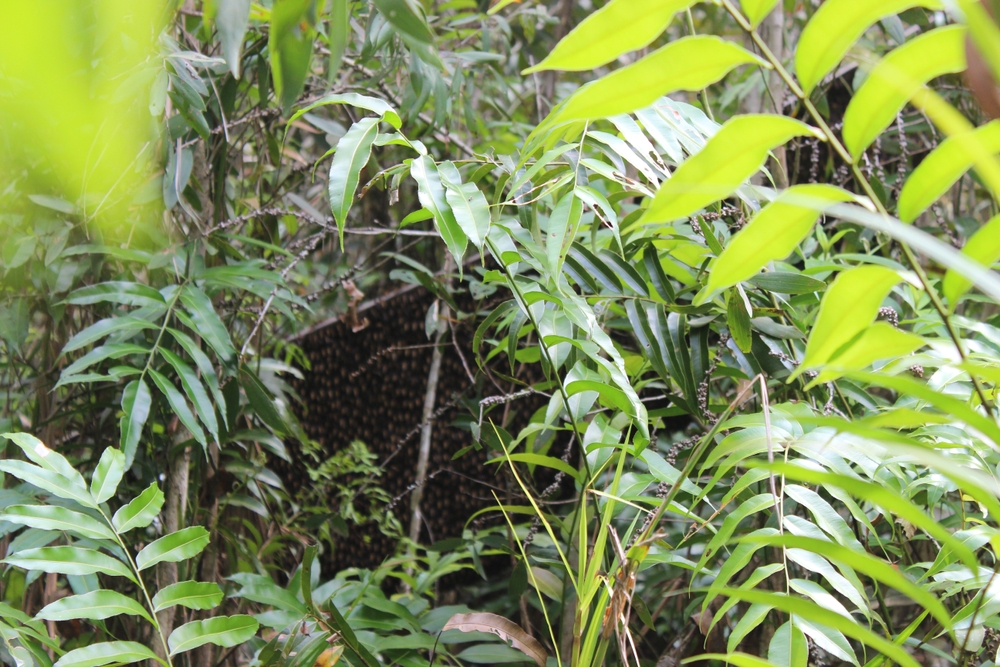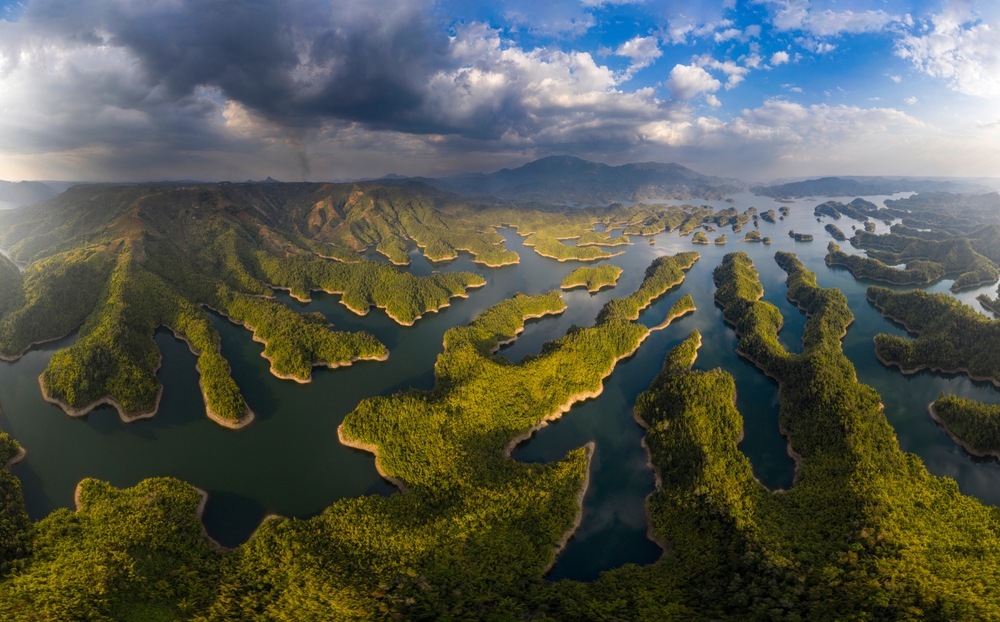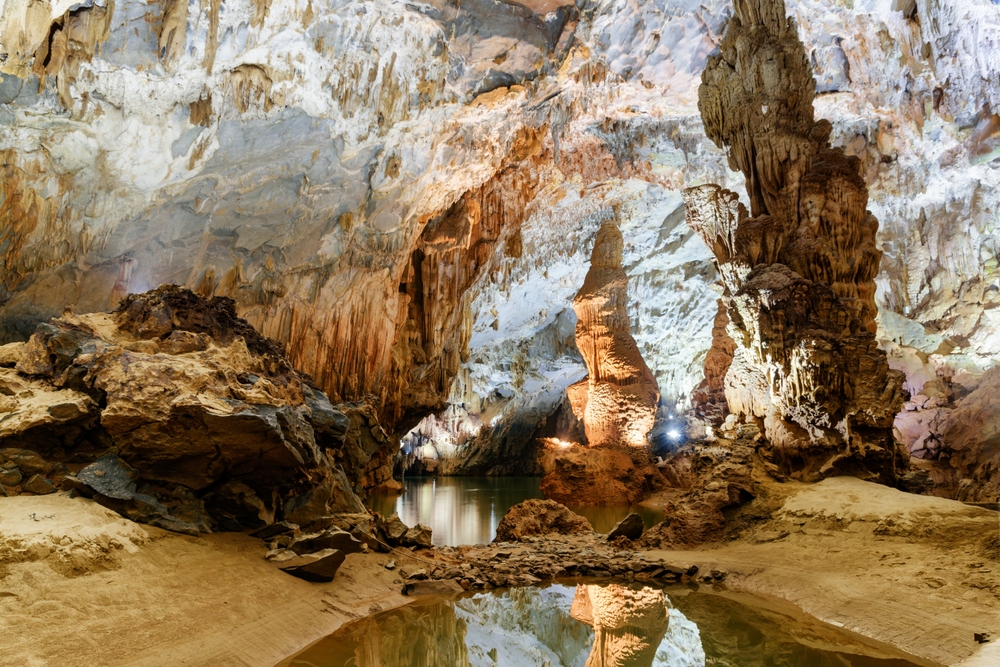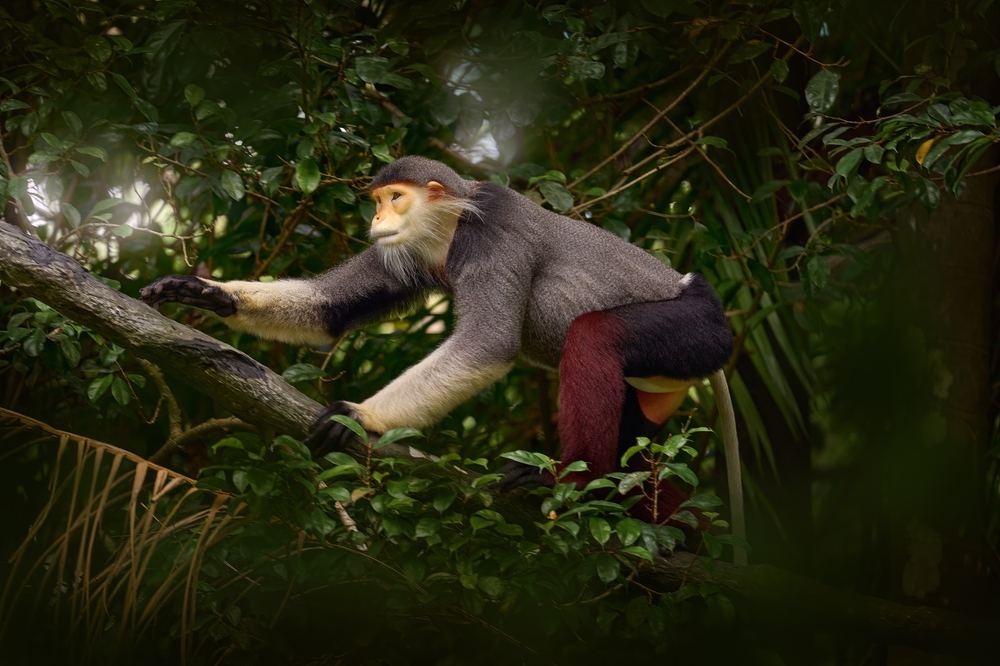Vũ Quang Overview
Vũ Quang National Park, or Vườn Quốc gia Vũ Quang in Vietnamese, is located in Hà Tĩnh Province in north-central Vietnam. Spanning an area of approximately 213 square miles (550 square kilometers), this park is a treasure trove of biodiversity nestled along the Annamite Mountain Range.
The park is characterized by rugged mountainous terrain, with elevations ranging from 50 to over 1,800 meters (164 to 5,906 feet) above sea level, providing diverse habitats and a scenic backdrop for exploration. The park’s landscape features lush tropical forests, winding rivers, and picturesque waterfalls, such as the awe-inspiring Tràn Châu waterfall, making it a haven for nature enthusiasts and adventurers alike.
The forests of Vũ Quang National Park are dense and predominantly evergreen, with a canopy dominated by towering dipterocarp trees and a rich understory of ferns, orchids, and other native flora. Bamboo groves and patches of secondary forest add to the ecological diversity of the area. This verdant expanse also serves as a critical watershed, supplying water to surrounding communities and supporting the park’s intricate ecosystems.
Wildlife enthusiasts visiting Vũ Quang are in for a treat. The park is home to an array of rare and endangered species, including some globally significant finds. Among the most notable is the discovery of the saola, or Vu Quang ox (Pseudoryx nghetinhensis), a rare antelope-like species first identified in the park in 1992. Other iconic mammals include the Indochinese tiger, Asiatic black bear, and the critically endangered white-cheeked gibbon.
Birdwatchers can marvel at a variety of avian species, such as the crested argus, grey-crowned crocias, and the striking silver pheasant. The park’s rivers and streams are teeming with aquatic life, providing further evidence of its ecological importance.
Visitors to Vũ Quang National Park can explore its beauty through trekking routes that weave through its forests and hills. Guided hikes offer opportunities to learn about the park’s unique flora and fauna while soaking in its tranquil atmosphere. The park is also a popular destination for birdwatching and nature photography, thanks to its rich biodiversity and stunning vistas. Local villages surrounding the park often provide cultural experiences, giving visitors a chance to engage with the traditions and lifestyles of the region’s ethnic communities.
Conservation efforts at Vũ Quang have met both challenges and successes. Habitat loss due to illegal logging and agricultural encroachment poses ongoing threats, while poaching continues to endanger the park’s rare wildlife. However, collaborative efforts between the Vietnamese government, local communities, and international conservation organizations have yielded positive results, such as increased awareness and habitat restoration projects. The designation of Vũ Quang as a national park in 2002 marked a significant milestone in protecting its biodiversity and natural resources.








































































